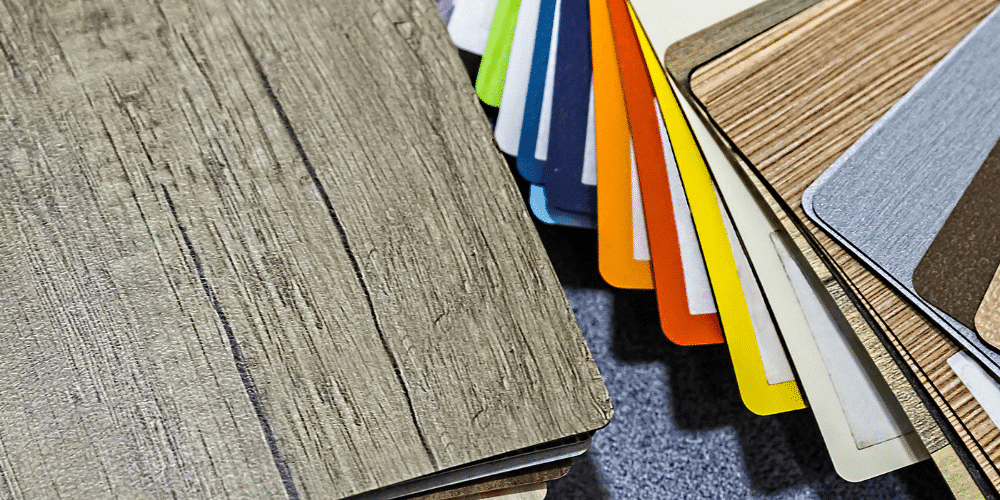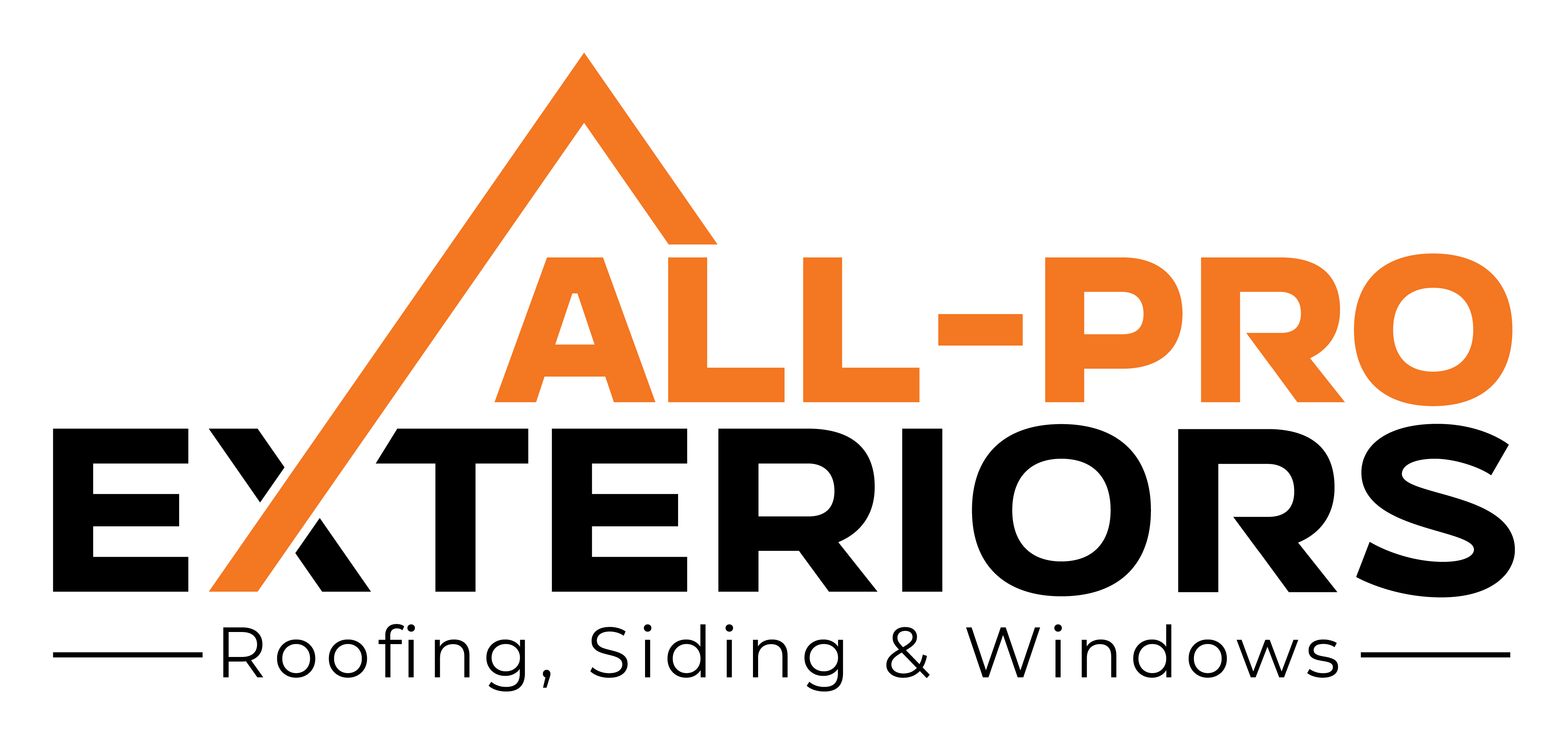Vinyl Siding
Vinyl Siding – Affordable, Durable, and Low Maintenance
Discover the benefits of vinyl siding, a popular choice for homeowners seeking style, efficiency, and lasting protection.
What is Vinyl Siding?
Vinyl siding is a versatile and cost-effective option that offers durability, low maintenance, and excellent protection for your home.
Vinyl siding is one of the most popular siding materials for residential homes due to its combination of affordability, low maintenance, and long-lasting durability. Made from high-quality PVC (polyvinyl chloride), vinyl siding is designed to resist the elements, including wind, rain, and harsh sunlight. With a wide variety of colors and textures available, it can replicate the look of wood, stone, or other materials, while providing superior performance and protection. Vinyl siding is ideal for homeowners who want a beautiful, energy-efficient home exterior with minimal upkeep.

Benefits of Choosing Vinyl Siding
Vinyl siding offers numerous advantages, making it a great choice for your home’s exterior.
-
Affordable: Vinyl siding is one of the most cost-effective options for exterior cladding. It provides great value for your investment, delivering long-term protection and curb appeal without breaking the bank.
-
Low Maintenance: Unlike wood siding, vinyl siding doesn’t require constant painting or sealing. Simply wash it periodically with a hose or pressure washer to keep it looking fresh and new.
-
Durability: Vinyl siding is highly resistant to fading, cracking, and peeling. It can withstand various weather conditions, including extreme temperatures, high winds, and heavy rain.
-
Energy Efficiency: Vinyl siding provides excellent insulation, helping to keep your home cooler in the summer and warmer in the winter. It can help reduce heating and cooling costs, making your home more energy-efficient.
-
Aesthetic Variety: Available in a wide range of colors and styles, vinyl siding can mimic the look of wood, stone, and other materials. You can choose from smooth or textured finishes to match your home's architectural style.
-
Resistant to Pests and Rot: Unlike wood, vinyl is impervious to termites, rot, and mold, making it a great choice for homeowners in humid or high-moisture areas.
Longevity of Vinyl Siding
Vinyl siding is known for its impressive lifespan and resistance to wear, ensuring lasting protection for your home.
When properly installed and maintained, vinyl siding can last 20-40 years or more. It is one of the most durable siding materials available, and its resistance to fading, cracking, and weathering makes it an ideal long-term investment. Regular cleaning and occasional inspection can extend its life even further, keeping your home looking great for decades.

Pros and Cons of Vinyl Siding
Understanding the advantages and potential drawbacks of vinyl siding can help you make an informed decision.
Pros:
-
Affordability: Vinyl is one of the most cost-effective siding materials on the market.
-
Low Maintenance: No painting or sealing is needed, and cleaning is easy with a hose or pressure washer.
-
Durability: It resists fading, cracking, and peeling, and can withstand harsh weather conditions.
-
Energy Efficiency: Provides insulation to keep your home temperature regulated.
-
Pest and Rot Resistant: Vinyl does not attract termites or rot like wood siding.
Cons:
-
Not Repairable: If vinyl siding gets cracked or damaged, it usually needs to be replaced, as it cannot be easily repaired.
-
May Fade Over Time: Although vinyl resists fading, it can lose color over time, especially with prolonged exposure to direct sunlight.
-
Limited Aesthetic Appeal: While vinyl can mimic other materials, it still has a more synthetic look compared to natural wood or stone.

How to Maintain Your Vinyl Siding
Vinyl siding is incredibly easy to maintain and requires minimal effort to keep it looking new.
Vinyl siding is known for its low-maintenance requirements, but regular care is important to ensure it stays in great condition. Here's how to maintain your vinyl siding:
-
Cleaning: Wash your vinyl siding once a year to remove dirt, grime, and mildew. Use a hose, pressure washer, or a mild detergent solution with a soft brush to clean it.
-
Inspect for Damage: Check for any signs of damage, such as cracks or holes. If you find any, contact a professional to replace the damaged sections.
-
Trim Vegetation: Keep plants and shrubs away from your vinyl siding to prevent scratches and promote airflow to keep the siding dry.
-
Check Seals and Joints: Ensure that the joints and seals are intact to prevent moisture from getting behind the siding.
Frequently Asked Questions
We didn't answer your question? Email us, and we'll get back to you within one business day!
Ready to Upgrade Your Siding?
Start your residential roofing project today!
